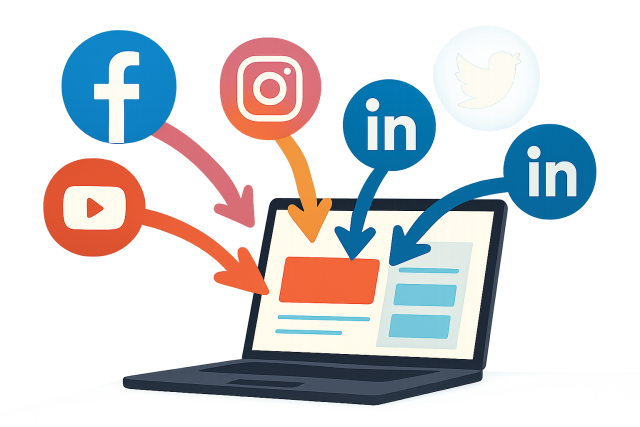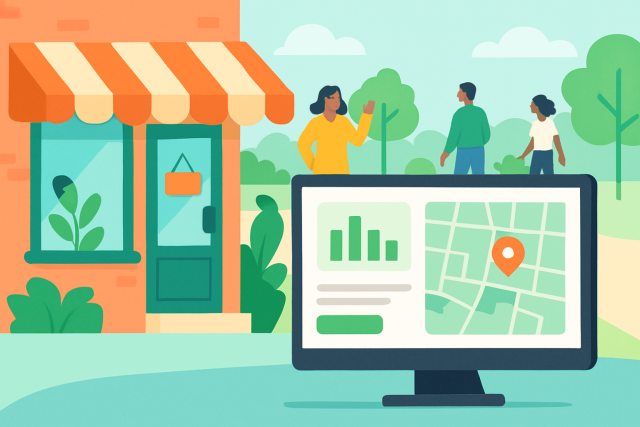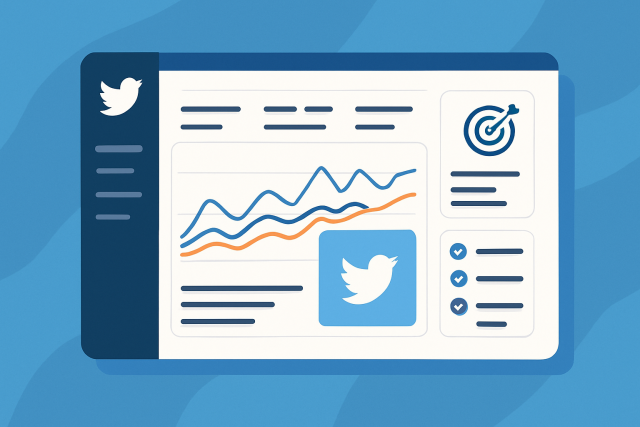Distribution Channels Examples for Different Types of Businesses

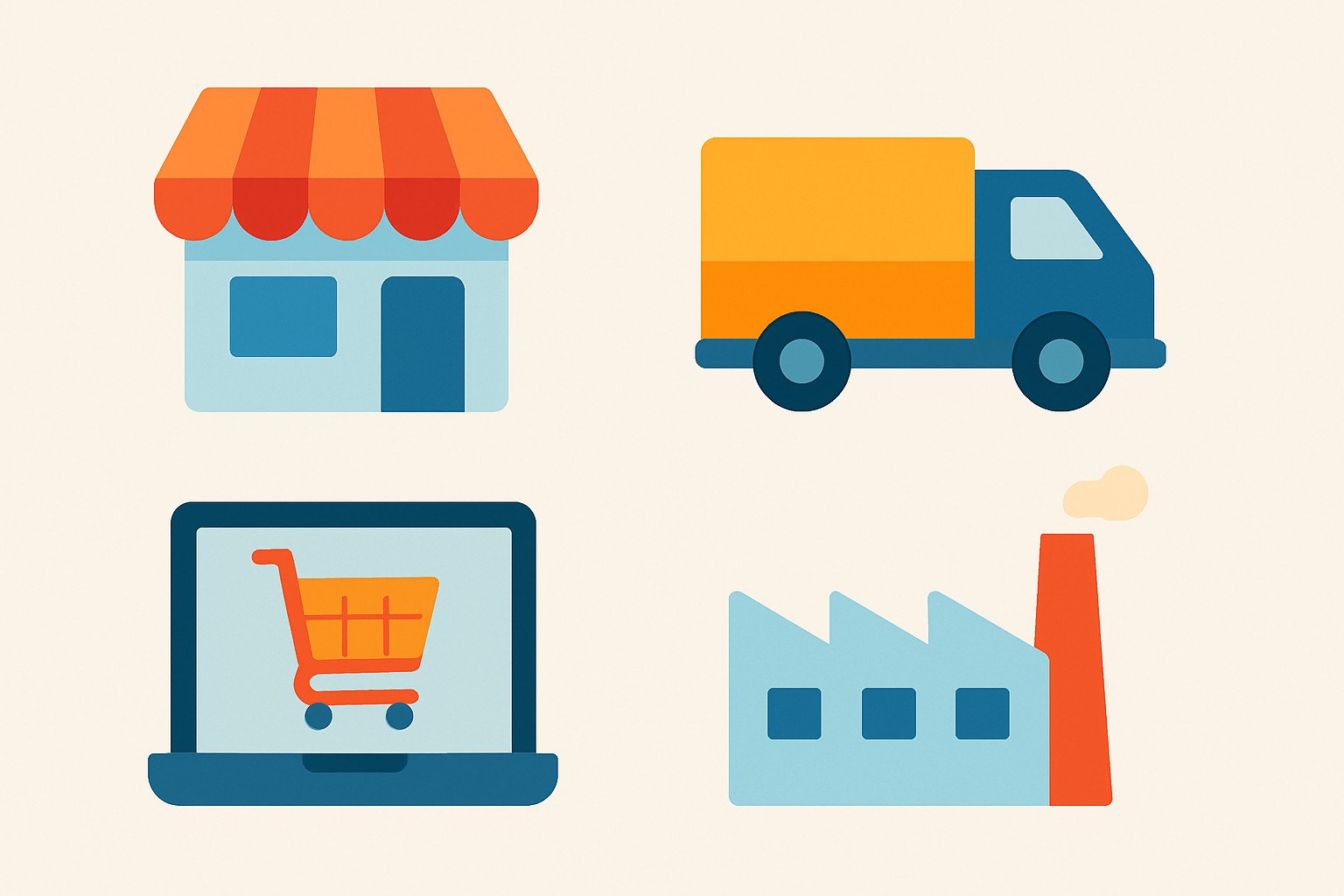
Distribution channels are vital pathways that link producers directly to their final customers, with common distribution channels examples including retail stores, e-commerce platforms, and direct sales. When businesses get a handle on these channels, they often see a boost in their sales reach. They manage to streamline their operations and ensure their products or services are available in ways that feel easy to access and kind to the budget.
This article breaks down distribution channel concepts using real-world examples that fit a variety of businesses like a glove. Whether you are running a retail shop, a manufacturing outfit or a service-based gig, this guide cuts through the usual jargon and shows how distribution strategies can shift depending on the industry, the size of the business and what customers want at the time.
What Exactly Are Distribution Channels, Anyway?
Distribution channels are basically the winding paths products or services take from the producer right to the hands of the final buyer. Think of them as the routes that carry goods—just like trucks and planes that hustle packages straight to your doorstep.
- Direct channels sell products straight to consumers without any middlemen getting in the way, cutting through the noise for a more personal touch.
- Indirect channels take a scenic route by relying on intermediaries like wholesalers or retailers to connect with customers.
- Wholesalers buy in bulk from manufacturers and pass the goods along to retailers or other businesses. They play a important behind-the-scenes role.
- Retailers bring products right to the final consumer's doorstep through a brick-and-mortar store or the online world.
- Agents or brokers smooth the path between producers and buyers without actually owning the products—they’re the friendly middlemen who make deals happen.
- Digital channels use online platforms, websites or marketplaces to spread the word and deliver products and services quickly.
- Hybrid models mix elements of direct and indirect channels to cast a wider net while keeping things running smoothly.
The Unsung Heroes of Success
Choosing the right distribution channels is vital for business success since it directly impacts how fast and far your products can reach customers. The right channels don’t just open doors to new markets—they also reduce operating and delivery costs and make the buying experience smoother for everyone involved. A thoughtfully crafted distribution network can set a company apart by ensuring products are available when customers need them and delivering top-notch service. Selling directly online can boost profits and foster a closer connection with customers because you cut out the middlemen. Meanwhile, relying solely on third-party retailers might mean giving up some market control but can dramatically expand your reach.
"> A business without strong distribution channels often ends up making products that just sit on the shelf, never quite making it into customers' hands. The goods are there alright, but somehow, they fly under the radar and no one gets to see or buy them."
Typical Kinds of Distribution Channels
Let's dive into the usual suspects when it comes to distribution channels—these are the tried-and-true paths products often take to reach customers. Whether it is the classic routes everyone knows or a few twists and turns that savvy businesses use, understanding the types can really open your eyes to the whole supply chain dance.
Distribution channels come in all shapes and sizes, each tailored to fit specific products and industries based on what customers really want. You’ve got the classic retail stores where people still enjoy shopping face-to-face. Then there’s direct sales that cut out the middleman and go straight from manufacturer to consumer—like skipping the line at your favorite coffee shop. Online marketplaces connect sellers and buyers from every corner of the world. Distributors handle the backstage work by managing storage and logistics so everything runs smoothly. Franchise networks help brands spread their wings and grow their footprint.
| Channel Type | Description | Typical Business Use Case | Advantages | Disadvantages |
|---|---|---|---|---|
| Traditional Retail | Physical stores where customers get to see, touch, and buy products face-to-face | Clothing brands, grocery stores | Gives you that instant gratification and a hands-on experience | Tied to specific spots and can be pretty pricey to keep running |
| Direct Sales | Manufacturers selling their products directly to the end user, cutting out the middleman | Custom goods, tech devices | Lets you call the shots on sales and usually means fatter profit margins | Demands a strong sales crew and a fair bit of marketing muscle |
| Online Marketplaces | Platforms where multiple sellers showcase their products all in one place | Small brands, startups | Casts a wide net to reach tons of customers without breaking the bank upfront | Fierce competition, platform fees, and you’re at the mercy of their rules |
| Distributors | Middlemen who buy products in bulk and then resell them | Manufacturers seeking broad distribution | Take care of logistics and help spread your product far and wide | You lose some control over sales and depend heavily on distributor performance |
| Franchise Networks | Licensed outlets running under a common brand | Restaurants, retail chains | Helps you grow quickly and build a local footprint | Franchise fees can add up, and keeping quality consistent can be a real juggling act |
| Multichannel | Mixing several approaches like online shops, physical stores, and direct sales | Large companies looking for broad customer reach | Lets customers shop how they want, whenever they want | Juggling multiple channels can get complicated and sometimes messy |
Examples of Distribution Channels for Various Business Types
Sometimes the path your product takes to reach the customer can be as important as the product itself. Here, we’ll walk through some common distribution channels examples tailored to different kinds of businesses, giving you a clearer picture of what might just work best in your own unique situation.
Distribution channel strategies can vary quite a bit often depending on the type of business its products and who its customers happen to be. Retailers usually put a lot of weight on convenience and visibility—after all being easy to find and access is half the battle. Manufacturers tend to zero in on handling bulk and streamlining logistics because efficiency is their bread and butter. Service providers often rely heavily on digital platforms and personal connections weaving a web of relationships that keep things flowing smoothly. Small or local businesses tend to lean into community-based channels making the most of that hometown charm.
Retail Businesses
When it comes to retail, it’s a whole world of hustle and bustle. From the corner store to the mega shopping mall, these businesses are the heartbeat of our daily lives. You might not always notice it, but every product you pick up has a story—and plenty of moving parts behind the scenes to get it onto the shelves. Whether you’re a shop owner juggling inventory or a customer hunting for a good deal, retail is where convenience meets the charm of finding that perfect something. It’s an ever-evolving dance between trends, technology, and the timeless human touch.
Retail businesses often blend physical stores with online platforms to truly connect with customers. Brick-and-mortar shops deliver that hands-on tactile shopping experience some people just can’t live without while ecommerce sites cater to those who appreciate the simple convenience of clicking from the couch. Then there are third-party marketplaces like Amazon or eBay that open the door to millions of active buyers—think of it as casting a wide net in a bustling digital sea.
- Having retail stores puts you in the driver's seat when managing the customer experience and inventory. It’s a hands-on approach that lets you catch little things before they snowball.
- Using online platforms like Shopify or your own website gives you a nifty way to sell directly to customers in the digital world. It’s convenient and flexible, like having your own little corner shop open 24/7.
- Listing products on Amazon or eBay plugs you into global marketplaces with a massive audience. It can sometimes feel like shouting into a very crowded room but that’s where the excitement and sales happen.
- Physical franchise locations are great for expanding your brand’s footprint while enjoying local management and operational support. It’s like having trusted partners in different neighborhoods helping your business grow in their own way.
Manufacturing Companies Where the Magic of Making Happens
Manufacturers often lean on distribution channels built for large-scale efficient delivery. This usually means selling straight to retailers who stock finished products, teaming up with wholesalers who buy in bulk, working with distributors targeting specific markets or joining forces with export agents to reach international buyers.
- Collaborating with distributors who take care of inventory and handle local sales like seasoned pros.
- Developing retail partnerships to get products onto shelves where everyday people can actually see and buy them.
- Leveraging export channels and agents to ease the way into foreign markets without banging our heads against the wall.
- Maintaining direct B2B sales teams that manage key clients and skillfully negotiate contracts, keeping things smooth and professional.
Businesses That Offer Services (You Know, The Ones That Actually Do Stuff)
Service businesses really lean on direct client connections and digital platforms to reach their customers. Consultants, SaaS providers and agencies often rely on their own websites as the go-to hub for client interaction. They usually also gain traction through referral networks, freelance platforms and internal sales teams that work hard to nurture leads and convert potential customers into loyal clients.
- SaaS companies typically roll out their software straight from subscription websites making it seamless for users to dive right in.
- Freelance platforms like Upwork or Fiverr act as middlemen connecting talented service providers with clients who need them like a digital matchmaking service.
- Referral partners play a important role by spreading the word through trusted recommendations and fueling growth in ways cold calls can’t match.
- In-house sales teams put their heart into personalized outreach and nurturing client relationships because people like doing business with those who actually know their name.
Small and Local Businesses as the Heartbeat of Our Communities
Small and local businesses often rely on community-focused distribution channels to get their products noticed. Farmers markets and local boutiques offer more than just a place to sell. They create a warm and personal experience that customers appreciate.
- Selling at local co-ops or farmers markets is a great way to really get your foot in the door and build meaningful connections within the community.
- Partnering up with neighborhood boutiques or shops to showcase and sell your products can add a nice, personal touch to your sales approach.
- Taking part in community fairs or pop-up events often does wonders for boosting your visibility and getting your name out there.
- Listing products on online local directories and platforms like Etsy helps you tap into a wider nearby audience, giving your business a little extra breathing room.
Picking the Best Distribution Channel for Your Business (Without Losing Your Mind)
Choosing the right distribution channel takes thoughtful juggling. You need to balance your business goals, the nature of your product, who you’re aiming to reach and your budget. It’s worth thinking about where your customers usually shop and weighing the costs of each option alongside the potential perks. Sneaking a peek at what your competitors are up to can help. Trying out a few channels on a smaller scale can be a real eye-opener before diving in headfirst.
Take a good long look at your customers' buying habits to figure out which channels they really lean on most.
Weigh up the costs and perks of each channel—think setup fees, ongoing expenses and commissions—because every penny counts.
Keep your product’s quirks in mind. Consider whether it needs a hands-on presence or after-sales support or if it’s something you can deliver digitally without breaking a sweat.
Sneak a peek at how your competitors are getting their products out there. You might spot a gap or an untapped opportunity waiting for you.
Give your chosen channels a test run on a small scale. Keep a close eye on the results and be ready to pivot quickly based on what you discover because flexibility is key.
Common Challenges in Distribution Channels and How to Tackle Them
Distribution channels often face challenges like channel conflict where different channels step on each other's toes or overlap. Logistical delays can disrupt timely delivery. There is also less control over intermediaries which can affect brand reputation. Customers might scratch their heads because of inconsistent messaging or branding, adding to the confusion. And not forget those unexpected cost overruns that quietly chip away at profitability.
- Channel conflict happens when channels step on each other's toes and go after the same customers or sales. It’s like a friendly rivalry that can quickly turn messy.
- Delays in logistics throw a wrench in the supply chain and often leave customers frustrated and waiting longer than anyone likes.
- Limited control over third-party channels usually leads to inconsistent pricing and service quality, which rarely plays out well.
- When your branding isn’t consistent across the board, it can leave customers scratching their heads or walking away altogether.
- Sneaky unexpected expenses like inflated commissions or storage fees nibble away at profit margins before you know it.
Tackle these challenges in your distribution channels examples by setting clear contracts and terms with your channel partners upfront. On top of that, keeping communication strong and steady is key—it's the glue that holds everything together. Making good use of technology to track inventory and deliveries can save you from a world of headaches, while offering thorough channel training helps everyone stay on the same page.
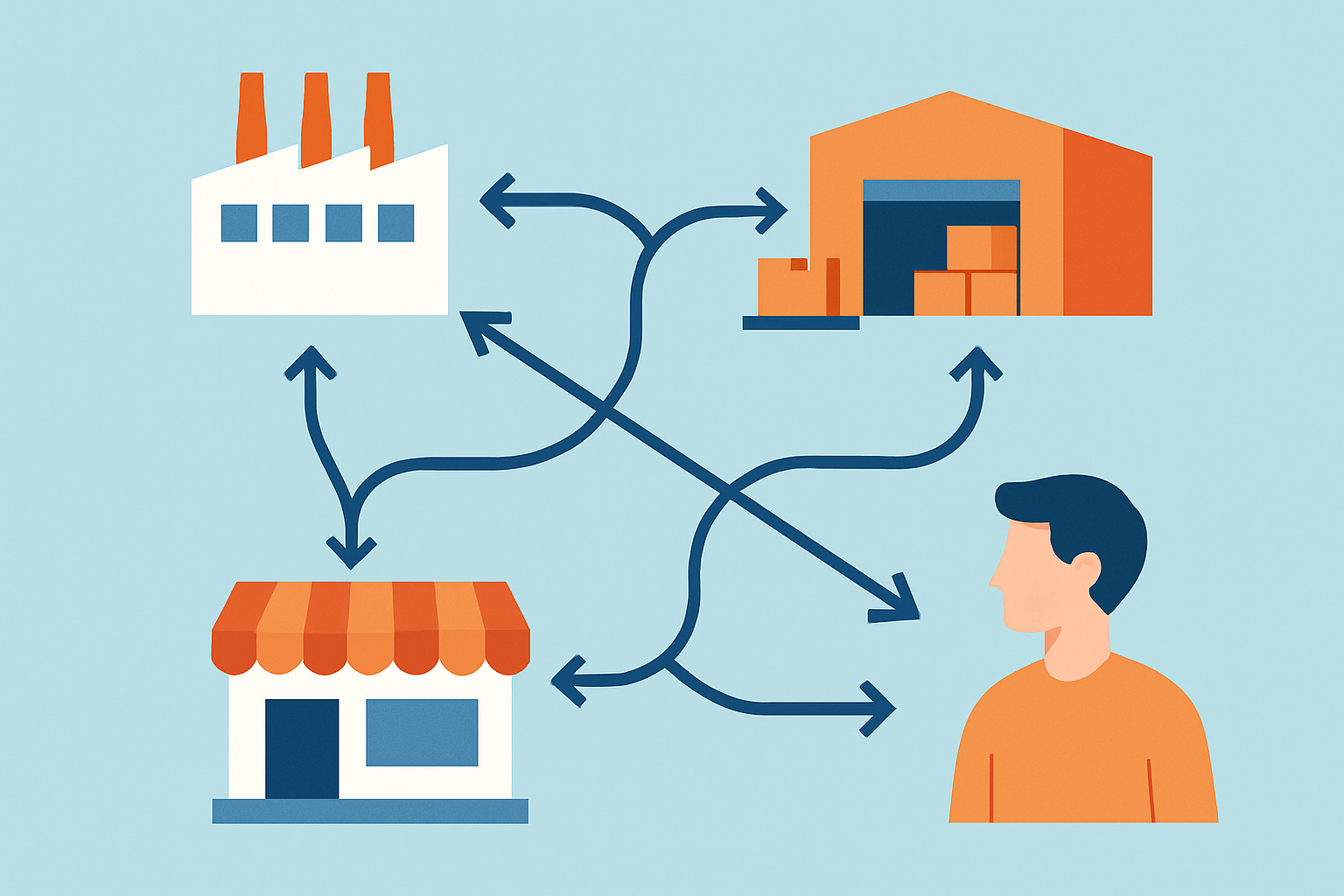
Diagram showing key distribution channels linking producers to end consumers
Frequently Asked Questions
How do I know if a direct or indirect distribution channel is better for my business?
Direct channels like selling through your own website usually shine when you want more control and healthier margins and a front-row seat to your customers’ experiences. Indirect channels such as retailers or wholesalers come into their own if rapid growth and reaching a larger crowd are your goals. Consider your product type, budget and where your customers prefer to shop. Often a well-blended mix of both can strike the right balance.
What’s the biggest mistake businesses make when choosing distribution channels?
One classic pitfall I’ve seen is overlooking how customers actually like to shop. It’s like trying to fit a square peg in a round hole — focusing only on physical stores when your audience is glued to online shopping or vice versa. Doing your homework on where your target customers hang out and running a few tests before diving in can save you from wasting time, money and missed sales opportunities.
Can small businesses compete with larger companies using the same distribution channels?
Absolutely. Small businesses often carve out their own space by zeroing in on niche markets or local advantages. You’ll frequently find them thriving at community-focused spots like farmers markets or through local partnerships and specialized online platforms such as Etsy for handcrafted goods. Personalized service and unique products give you a secret weapon against big players.
How do digital distribution channels differ for physical products vs. services?
For physical goods ecommerce platforms like Shopify or Amazon are the go-to. They handle shipping and logistics so you don’t have to worry. Services tend to lean on subscription models like SaaS, freelance sites like Upwork or direct bookings through websites. Digital channels for services focus on smooth access and client interaction rather than juggling inventory.
What’s the fastest way to test a new distribution channel without major investment?
Dip your toes in gently. Start by listing a few items on a marketplace like eBay, setting up a pop-up shop or teaming up with a local retailer on consignment. Keep a close watch on sales, customer feedback and how smoothly things run. Piloting like this keeps your risks low and gives you valuable insights to tweak or expand your plan.
How can I resolve conflicts between different distribution channels (e.g., online vs. retail)?
Setting up clear ground rules really helps. Offer different products, prices or promotions across channels to avoid direct competition. For instance, you might roll out exclusive bundles online or special perks for the in-store crowd. Keeping communication flowing with your partners and sticking to a consistent brand vibe can help smooth over friction between channels.

